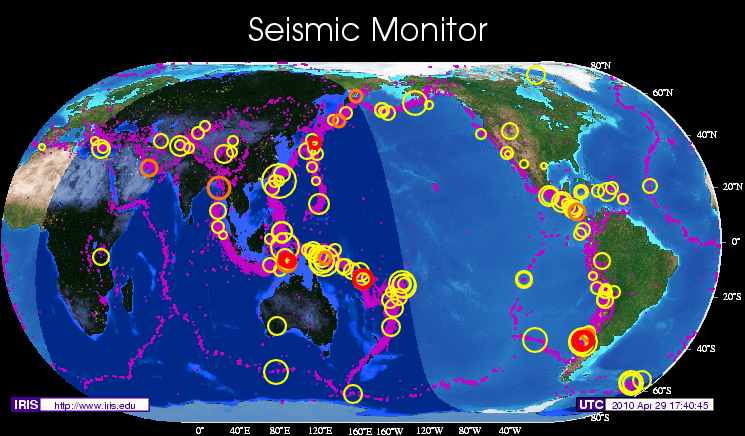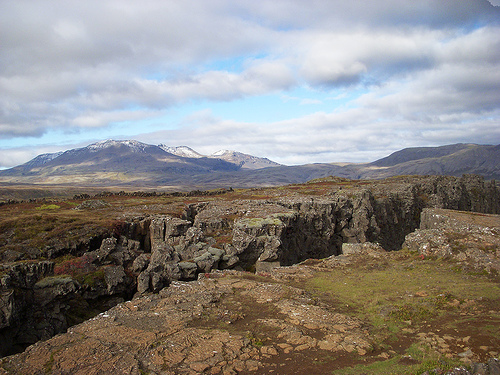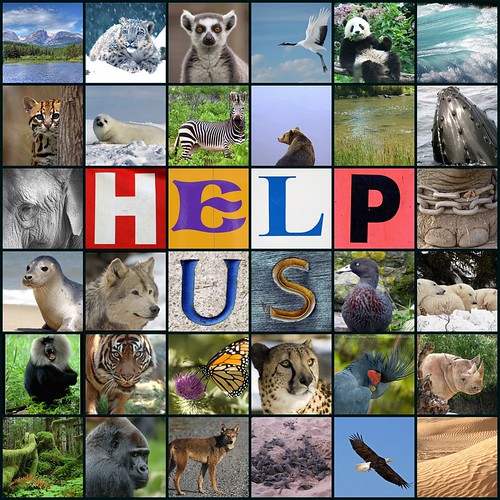
Nature and Culture International (Naturaleza y Cultura Internacional in Spanish) is a conservation NGO that is based out of San Francisco, but works in Ecuador, Peru, Mexico and Colombia. In these regions the organization aims to protect threatened natural ecosystems that provide important functions for their respective regions, including biodiversity preservation. These conservation programs are viewed as unique since they view humans as an integral part of the biosphere and, therefore, a group that needs to be highly involved in the conservation process. This involvement allows for environmental protection while, simultaneously, improving the standard of living in the communities where the organization works.
While I was studying abroad in Ecuador I was able to work with this NGO for 4 weeks. During this time I learned a lot about this new approach to conservation. Although there are many difficulties associated with this conservation, I think that it provides more sustainable conservation since it views people as a part of the environment.

 This is the official website of the
This is the official website of the  The
The 






